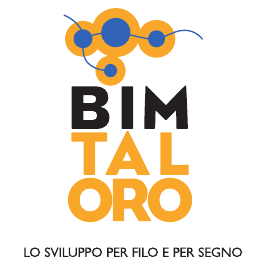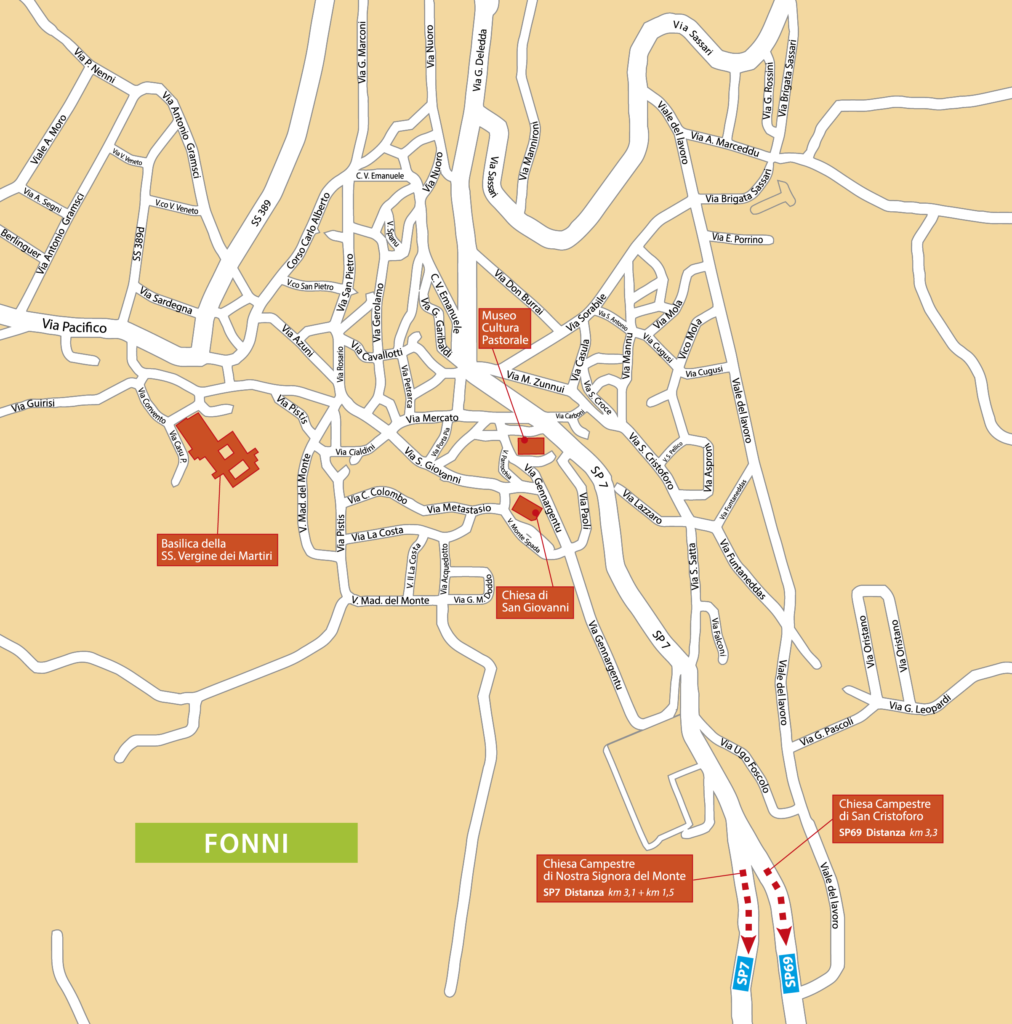Sheep Herding Museum
The ancient Loddo Campana manor house, in Fonni’s old town centre, houses the Museo della Cultura Pastorale. Open to the public since 2007, this three storey building, which forms part of a complex of domos antigas, is an example of local 19th century residential architecture. Characterised by irregular shapes and sizes, the doors and windows of the façade are enhanced by wooden lintels and large protruding light brown frames (traces of an earlier wooden balcony can still be seen on the second floor). The jutting timber gable roof protrudes from the façade. Both the exteriors and the interiors, including a loggia decorated with original granite cobblestones where an ancient cart is parked, an old oven and large fireplaces, have all been restored to preserve their authenticity and are now on display in the exhibition halls.
The purpose of the Museum is to restore, remember and celebrate the agricultural and sheep herding identity of the place, and to enhance the importance of nomadic grazing in the history of Fonni, as well as the changes and evolution that herding and the community underwent over time. The theme based criteria underlying the displays, which include original objects donated by local families that have been duly restored and catalogued, narrative panels and photographs, audio-visual and multimedia material, describe the culture and traditions of this mountain village, its material and immaterial aspects, social fabric, relations and gender dynamics. What stands out in particular is the pivotal role of women. Driven by determination and self-reliance, they managed the household and farmed the land, while their fathers, brothers and husbands were out in the mountains of Barbagia and in the plains, herding sheep during those long and cold winter months.
The most important aspects of daily life, work and holiday celebrations are displayed through the working tools and objects that were used at the time. The oven, several spinning and weaving tools, traditional carnival masks and clothes are displayed in separate exhibition halls. Next to items of clothing, tools, ornaments and artefacts of daily life is Cohone ‘e Vrores, the beautiful and richly decorated votive bread of ancient and mysterious origin that is made on June 24 to celebrate Saint John the Baptist. The exhibition ends on the top floor and explores the various aspects of a shepherd’s rural life and work, the most recent changes undergone by this profession, any new issues connected with it, and the need to identify new solutions, as well as economic and identity prospects.
The Museum is only open for special events and celebrations (including the annual “Autumn in Barbagia” event). One of its halls is used for events and temporary exhibitions, and can be accessed from a separate entrance.
Text by Cecilia Mariani with the contribution of Anna Maria Cuguru
 BIM TALORO
BIM TALORO 